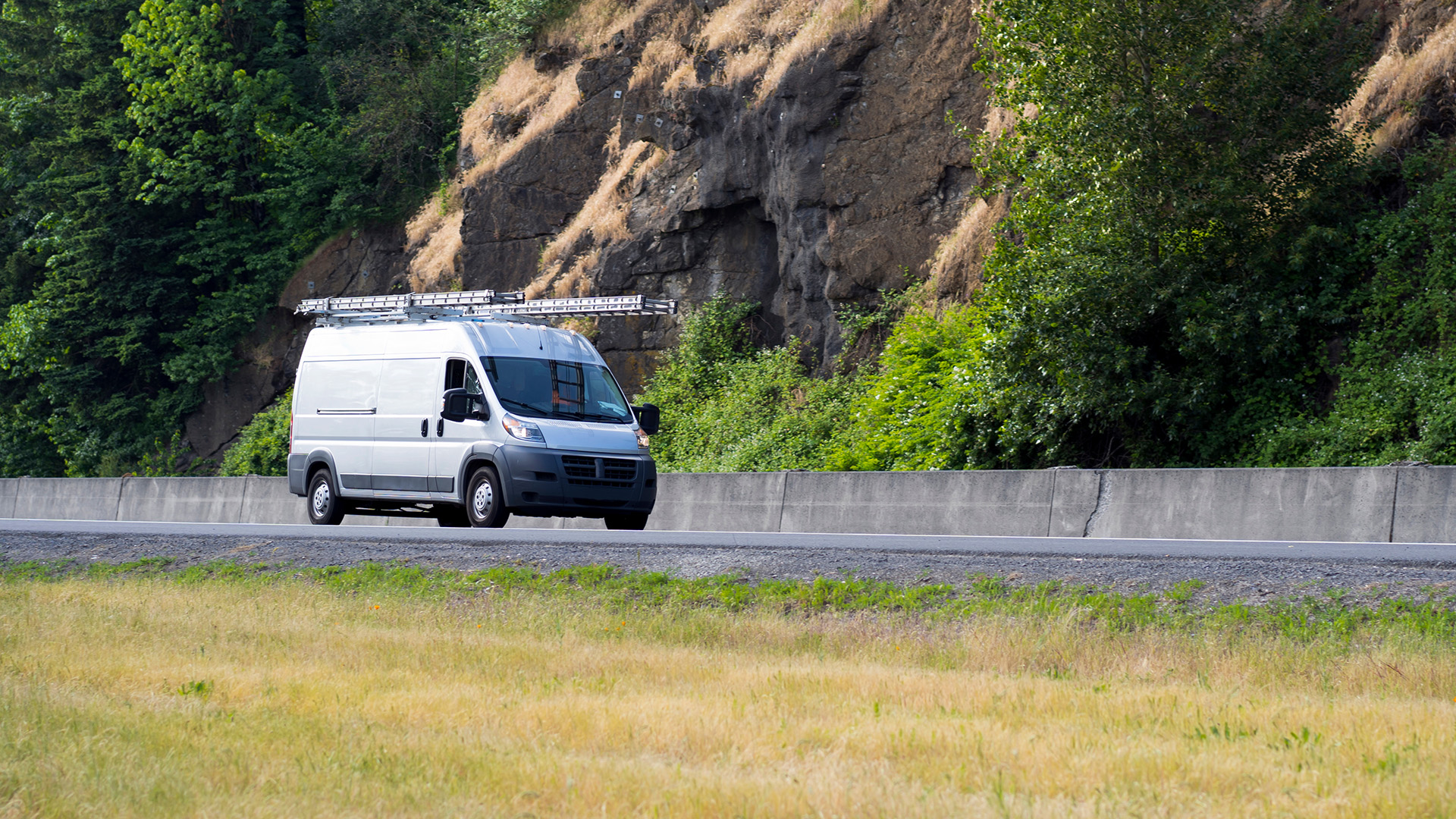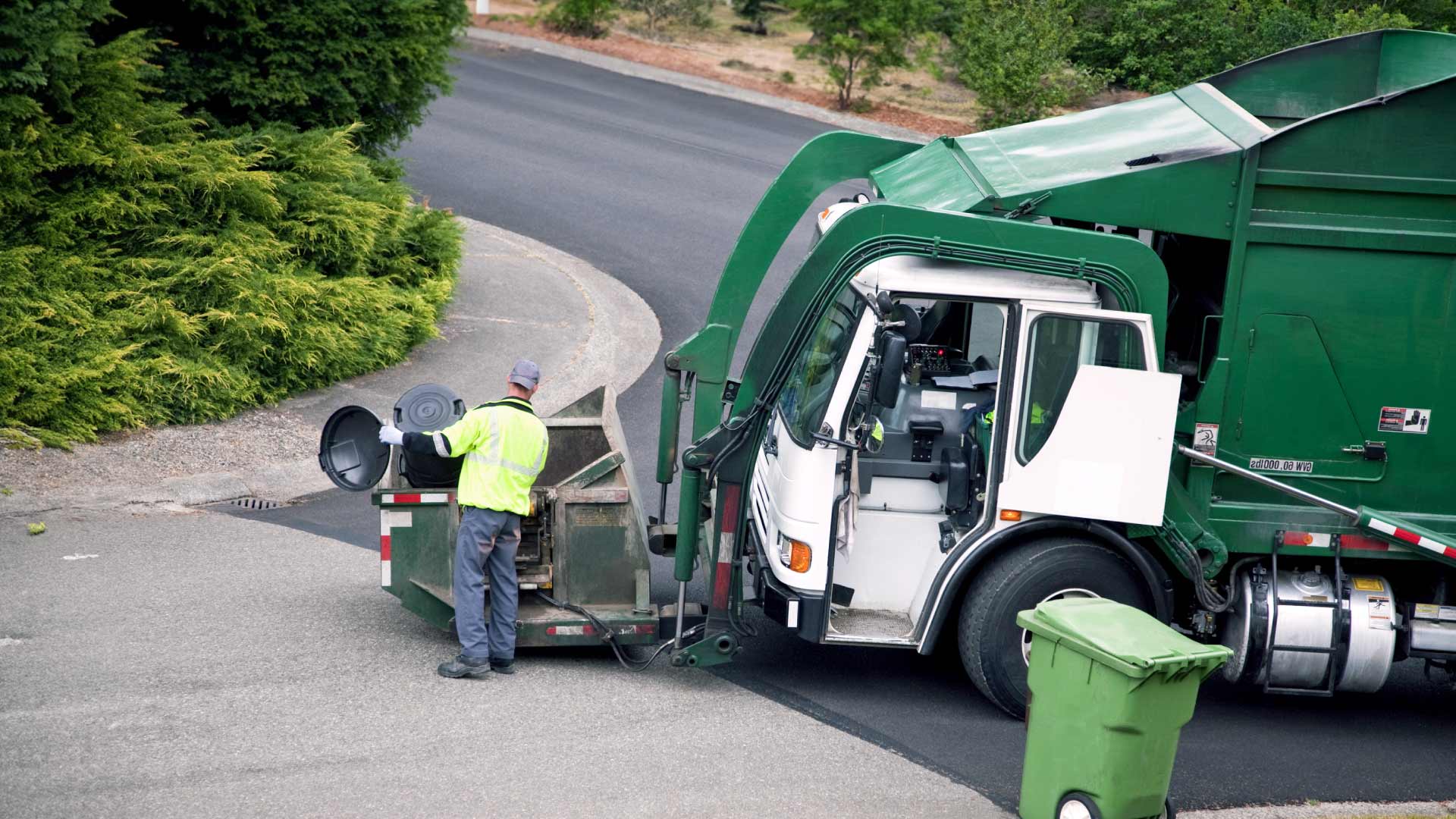Driving for the weather 101
Many factors can impact your timing when driving on a schedule – bad weather is one of them. Tips for coping with road closures, low visibility, and more.

There are many diverse factors that can impact your timing when driving on a schedule – bad weather conditions being one of them. It can strike at any moment and cause unexpected problems for anyone on the road, including road closures and traffic jams. No matter if you’re making deliveries or planning to attend a meeting, unwanted delays can be frustrating and unavoidable.
There are a few things that you can do, however. For starters, make sure that the vehicle you’re driving is in tip-top shape. This will help reduce the risk of breaking down or losing traction on slippery roads. In conditions where roads are closed or visibility is reduced, a GPS navigation device can be a great tool in helping you arrive at your destination safely and on time. Some examples are:
- Road closures: Find alternative routes with GPS navigation so that you are able to bypass traffic and closed or blocked roads. Routes can be planned by management and sent to the navigation device
- Low visibility: GPS navigation directs you visually and audibly where to go in the case that you are struggling to see street signs and landmarks. Rules can be made to force slowing down and drivers warned if they do not.
- Vehicle maintenance: Having your vehicle well maintained can decrease the risk of it breaking down. A vehicle-tracking device combined with fleet management software (a telematics solution) proactively informs you of engine issues and when your next vehicle check-up is scheduled to make sure the vehicle is reliable when it’s needed the most.
- Proper ETA: Ensuring that you’re operating your fleet assets on a timely schedule is important for your business, and your customers. However, using a GPS device combined with telematics can provide arrival timelines that keeps everyone updated on any delays.
- Accident Detect: In the unfortunate event that an accident does occur – fleet management can detect this and help can be dispatched.
Bad weather conditions may be inevitable, but with the proper tools you can ensure it is as minor a burden as possible. Meeting priority deadlines, achieving customer satisfaction, and ensuring driver safety are just some reasons why you should have planned ahead for poor driving concisions.
See more: How weather delays can affect your supply chain
Contact Geotab for more information on how you can prepare your fleet for driving in less than ideal weather conditions.
Subscribe to get industry tips and insights
Geotab team
Subscribe to get industry tips and insights
Related posts

Field service is losing money to bad data: Go beyond GPS with smarter telematics
June 27, 2025
3 minute read

Unlock field service ROI: Your practical guide to connected operations playbook
June 9, 2025
3 minute read

Multi-stop route planners: A fleet manager's guide + best tools in 2025
June 5, 2025
5 minute read

Six ways telematics reduces costs for waste management fleets
May 16, 2025
6 minute read

Neil Cawse: Lack of appetite for risk is holding the Canadian economy back
May 12, 2025
2 minute read